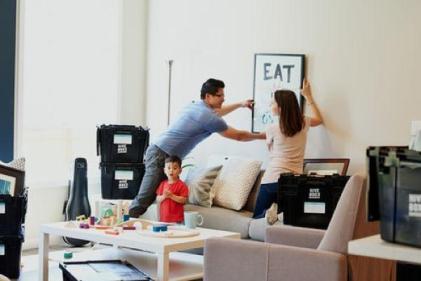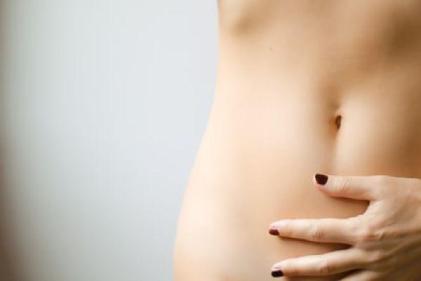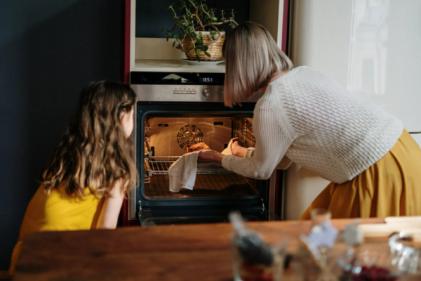Baby-proofing the house is something all parents take very seriously, but we tend to assume baby products and nursery furniture are safe.
That’s not always the case, according to a new US study, which warns parents that every eight minutes a baby needs treatment for an injury from nursery furniture.
What’s even more shocking, is that injuries related to nursery products are up by 25 percent in the past eight years.
The study, carried out by the Nationwide Children’s Hospital, analysed data from the last two decades - since 1991 - to see what kind of risks nursery furniture poses to children.
Baby carriers caused 20 percent of injuries, followed by cribs and mattresses (19 percent), and strollers and carriages (17 percent). Most injuries happened at home, and most were the result of a fall. The majority of injuries were to babies’ heads, faces and necks.
Similar data has emerged in Canada, also. Baby walkers have even been banned from sale in Canada because of the amount of injuries sustained by tots.
The study suggests that over one MILLION babies and toddlers were at the ER over the course of 21 years, for injuries involving baby products.
“We have achieved great success in preventing baby walker-related injuries by improving the design of the product and instituting better safety standards,” Dr. Gary Smith, the study’s lead author, said.
So, how can you ensure a product is safe?
According to Citizen’s Information, specific rules exist in the EU for ensuring the safety of children’s products, for example, baby prams, pushchairs, pacifiers (soothers), cots and clothing.
EU rules state that any product offered for sale in the EU that conforms to certain specific health, safety and environmental protection standards must carry a CE mark. The CE mark is a declaration by the producer that the product conforms to all the applicable EU legislation. Electrical items and toys should always have the CE mark.
So, always check a product or toy for this marking, and don’t buy anything which doesn’t have it.
A product designed for a child should always be strong and resilient and made of non-flammable and non-toxic materials.
Products or toys aimed at young children under three should not have any small or detachable parts.
If you’re assembling baby furniture yourself at home, follow the manufacturer’s instructions carefully and get someone to help you if you need a hand.











